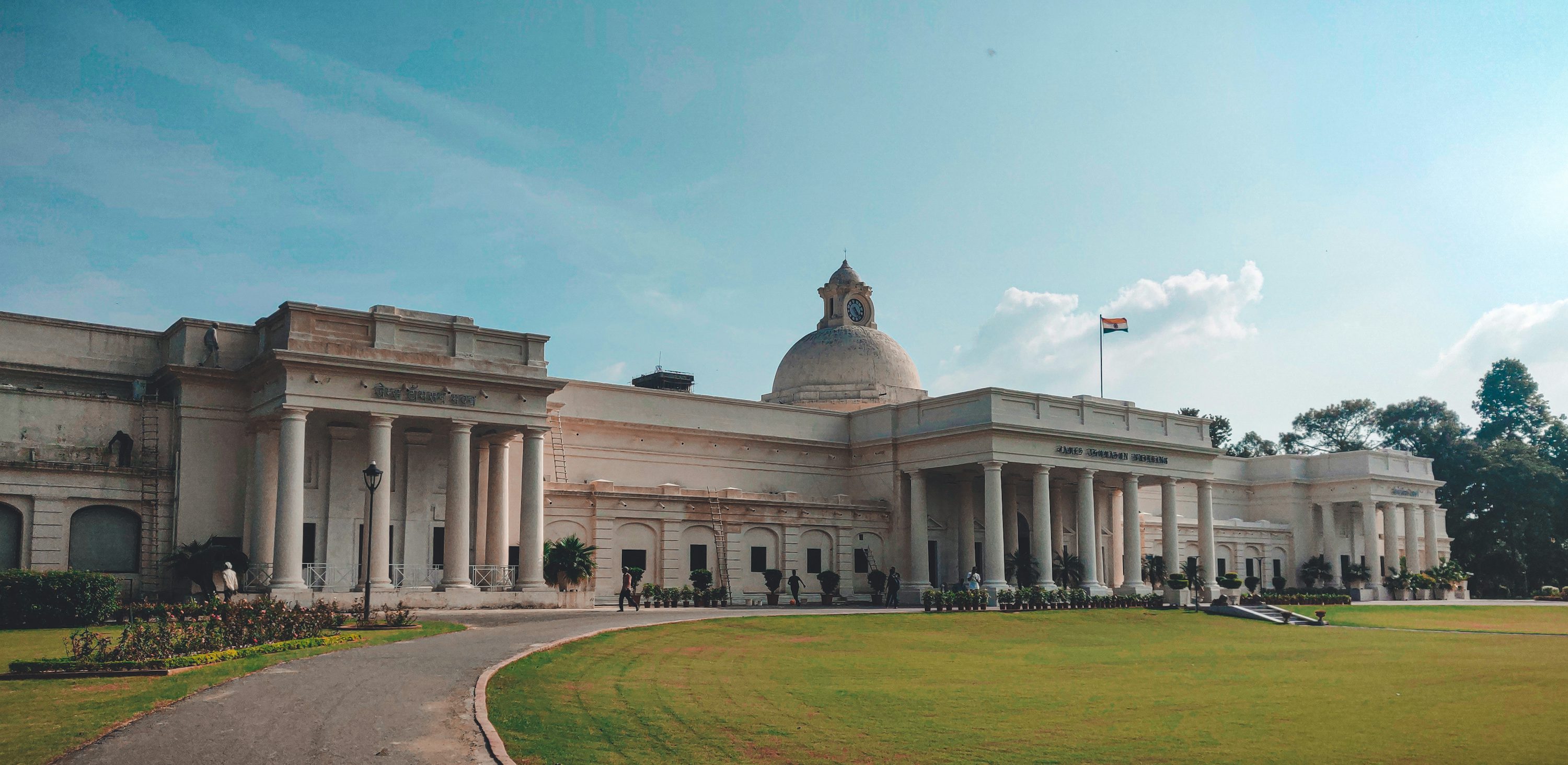

Body of IITR
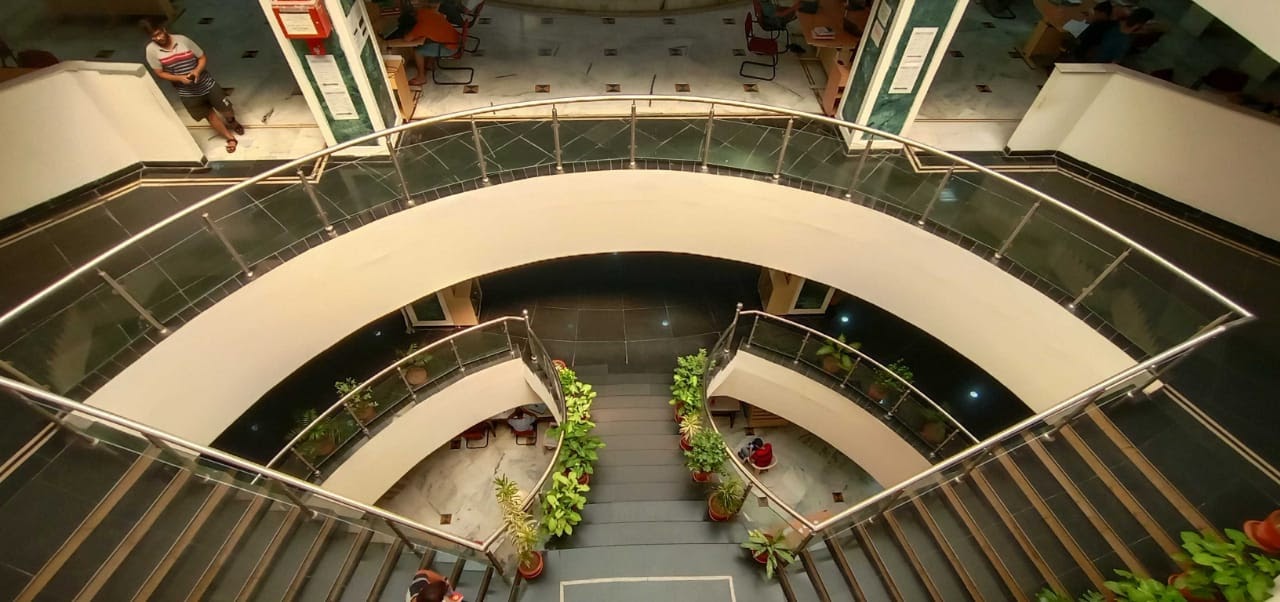
The Mahatma Gandhi Central Library is one of the most frequented buildings of our campus. This fact necessitates the existence of a strong and efficient management system to diligently provide for the hordes of students who flock here on a daily basis. At the same time, we do acknowledge that managing a building - nay, an ecosystem - as large as our library is no small feat, and is bound to entail different kinds of problems.
Watch Out! undertook a small survey in order to identify the core problems surrounding the MGCL, wherein a Google form was floated across the campus to allow the populace a fair chance at voicing their concerns regarding the same. This was followed by interviews of the Management and the Chief Librarian. This article is a culmination of the information we collected as a result.
How old is the Mahatma Gandhi Central Library?
From the very start of the institution (i.e.1847), a small College Library was established with a collection of a few hundred books to meet the needs of about 34 students and 6 teachers. In order to meet the growing needs of the institution, the strength of which had increased to 231 in 1873, a separate library block was constructed in the same year consisting of two big halls, one serving as a stack room and the other as a reading room and two small closet rooms for the maintenance staff.
After multiple transitional periods, when the erstwhile University of Roorkee became an Indian Institute of Technology on September 21, 2001, it was felt that in the existing building, necessary expansion and information-technology related provisions could not be made and therefore, a new state of the art building was planned. The foundation stone of the present building was laid on 19th June 2004 and it was completed in June 2007. The new building started serving as the Central Library from 12th July, 2007. On the first International Day of Non-Violence i.e. 2nd October 2009, the Central Library was renamed as Mahatma Gandhi Central Library (MGCL).
What is the administrative structure in place to manage the MGCL?
The administration of the library basically falls under the Dean of Academic Affairs. The Library Advisory Committee (LAC) consists of the following members:
(The current UG representative is the General Secretary Academic Affairs (UG).)
The LAC has the term of two years commencing from the first day of July of the year it has been constituted. The student members serve from the date they have been nominated for a term of one year.
How big is the MGCL?
The MGCL is housed in an 80,000 sq. ft., centrally air conditioned building equipped with all the latest Information and Communication Technology (ICT) facilities, spread over four floors. Equipped with a surveillance system, it has been aesthetically designed for efficient use of the system by patrons of all kinds, and for comfortable and easy access of the facilities available.
How vast a collection does the MGCL house?
The Library contains around 4 lakh documents in print, including-
Its e-resource collection is also very robust, comprising of-
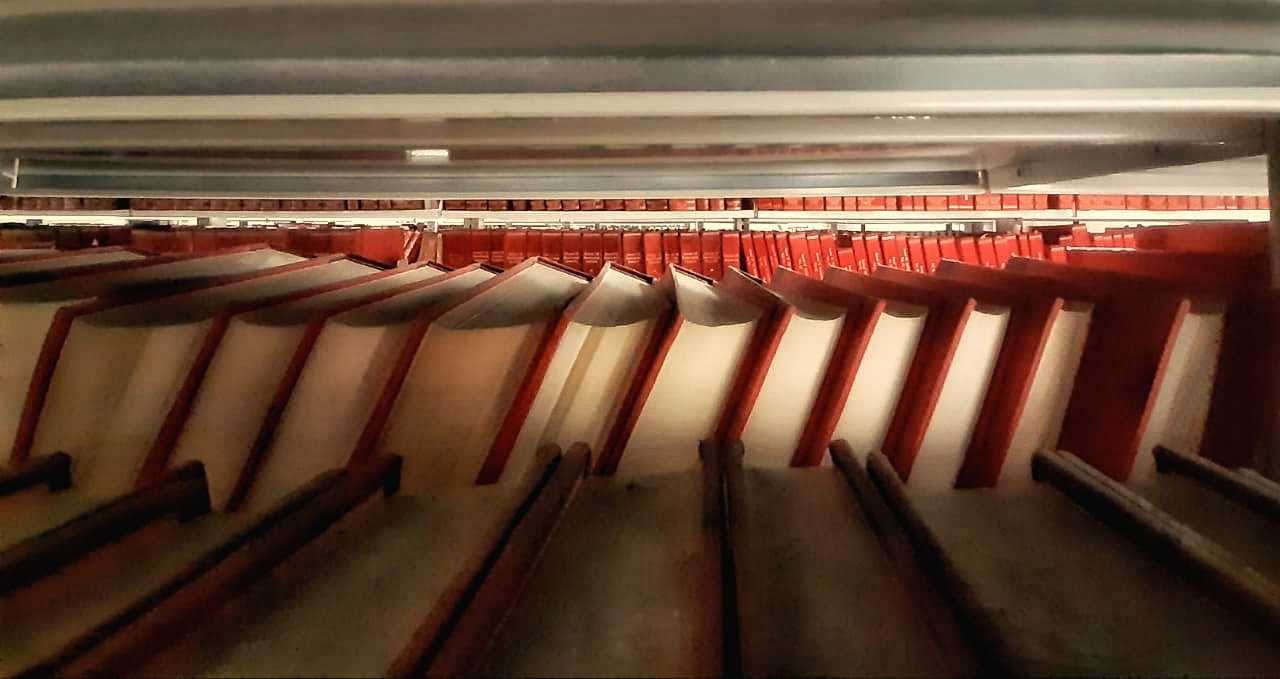
MGCL provides access to eBooks from Elsevier Science, Springer, CRC Press, CUP, OUP, John Wiley, Tata McGraw-Hill, & Pearson Education. Access for Print and Online journals are available from all major Societies’ publishers viz. ASCE, ASME, ACS, AIP, APS, AMS, AICHE, IEEE, ASM, RSC, RS, AAAS etc. and all major STM publishers like Elsevier Science/T&F/CUP/ OUP/Springer/John Wiley.
1) Change in Library timings & Capacity of the Library:
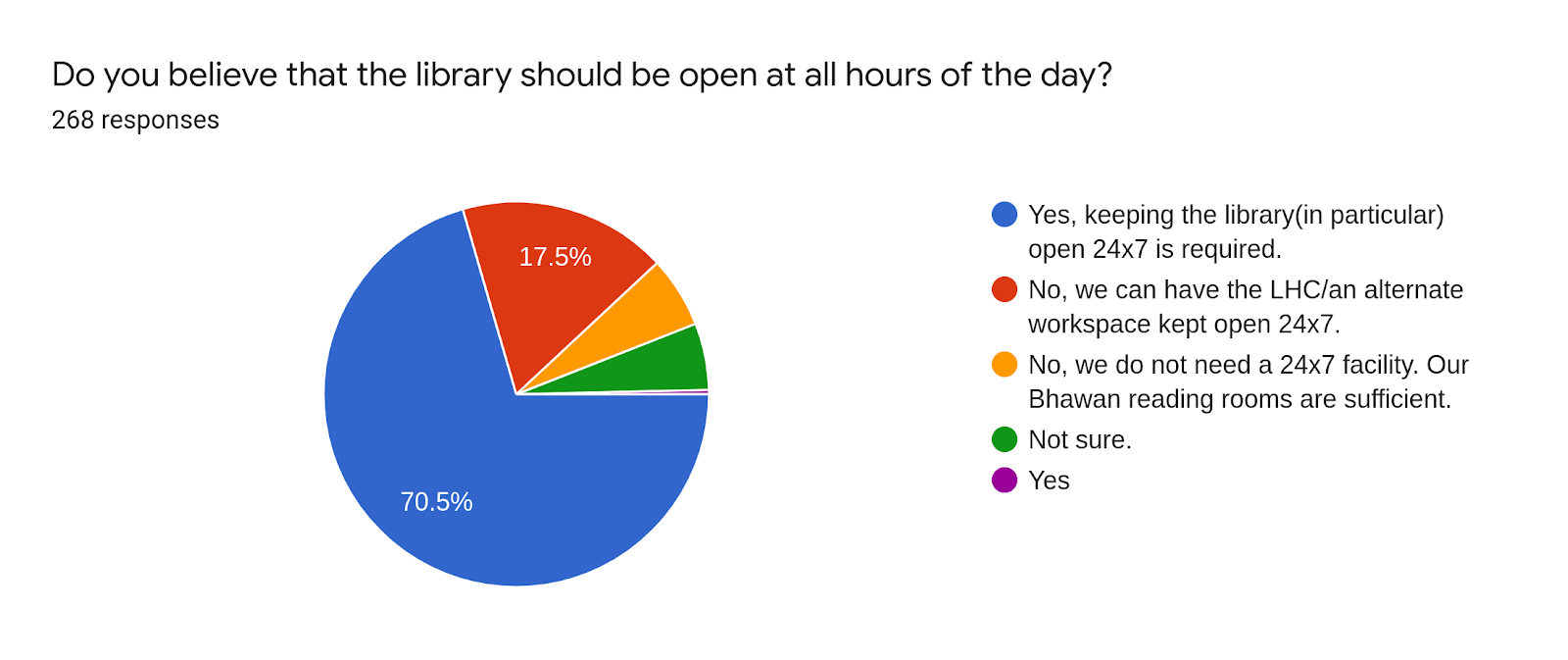
The Problems:
There have always been concerns surrounding the existing timings of the library and the results from the Google Forms indicated that they are still as prevalent as ever. While the students continue to push for the library to be opened 24x7, this action would entail severe issues both financially and in terms of management. An interview with the Chief Librarian revealed that doing so with the current workforce would mean opening the gates to huge occupational hazards associated with overworking the library staff.
Another concern raised by the students was the inadequate seating capacity of the library and that of the reading room, especially during the time of examinations. The authorities are well aware of the paucity of space in the library, but the construction of the new LHC leaves no hope for future expansions of the library, which is now surrounded with structures on all sides. With the increased intake of students through the JEE, this poses an even bigger problem for the students looking for a well-managed study environment.
Proposed Solutions:
The issue of the loss of seating capacity due to the library’s fixed timings can be addressed by making the LHCs available as study spaces after the end of the day’s classes. This eliminates the need of increasing the workforce as well as any management issues attached with it, while also addressing the ever-growing needs of the campus.
A novel solution would be the construction of multi-storied study centres (open 24x7) near the student hostels. Such study centres will also address the issues of accessibility attached with the central library. These centres can take inspiration from commercial spaces and house conference rooms, as per the availability of resources.
Across the campus, security guards work in shifts - this caters to the requirement of 24x7 security. A similar mechanism could be constituted in the library, but would of course require the hiring of more workforce. This would enable the library to function 247 efficiently. The workforce to be hired can be kept to a minimum by not allowing for all functions of the library to be available 247 (for example, a policy disallowing the issuance of books post 11 PM or 12AM while the library remains open for reference and seating purposes, would play out beneficially for all involved parties.)
2) Change in TBLS (Textbook Loan Scheme) timings:
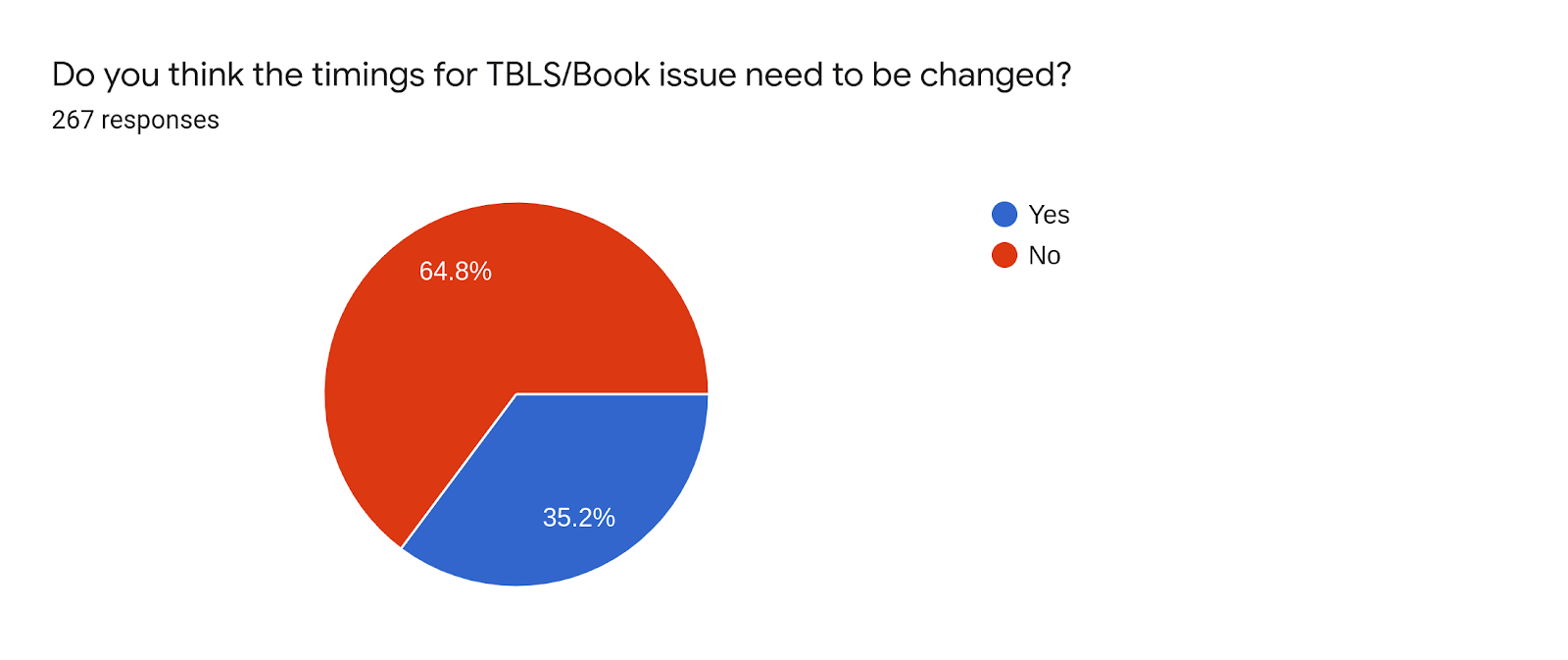
The Problem:
Proposed Solution:
3) The number of books made available under the TBLS facility:
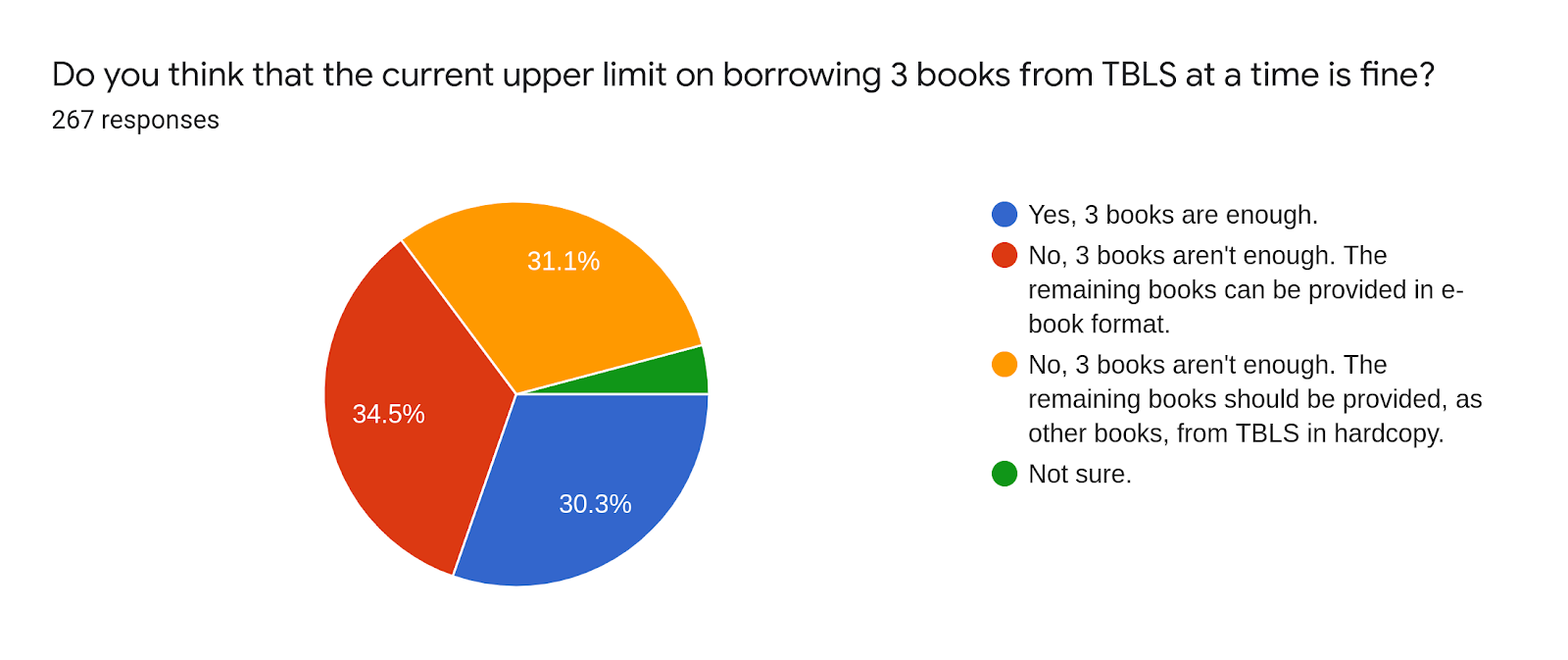
The Problem:
Proposed Solution:
The above is just a suggestion and better solutions can and should be explored, but something we can all agree upon is that the provision of 3 books is clearly insufficient.
4) Navigation system:

The Problem:
The Ideal Solution:
For those readers unfamiliar with the searching system, we’ve broken down the process into 5 super-small steps :

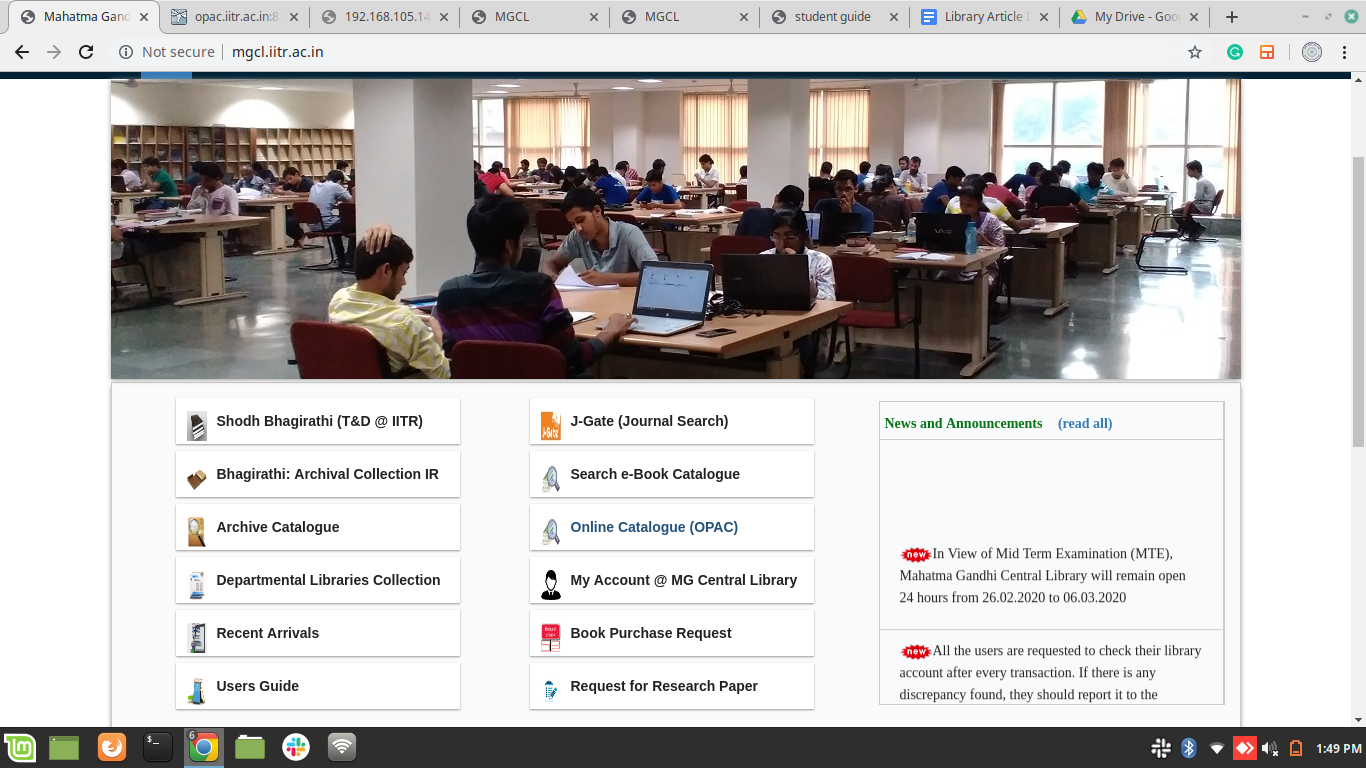
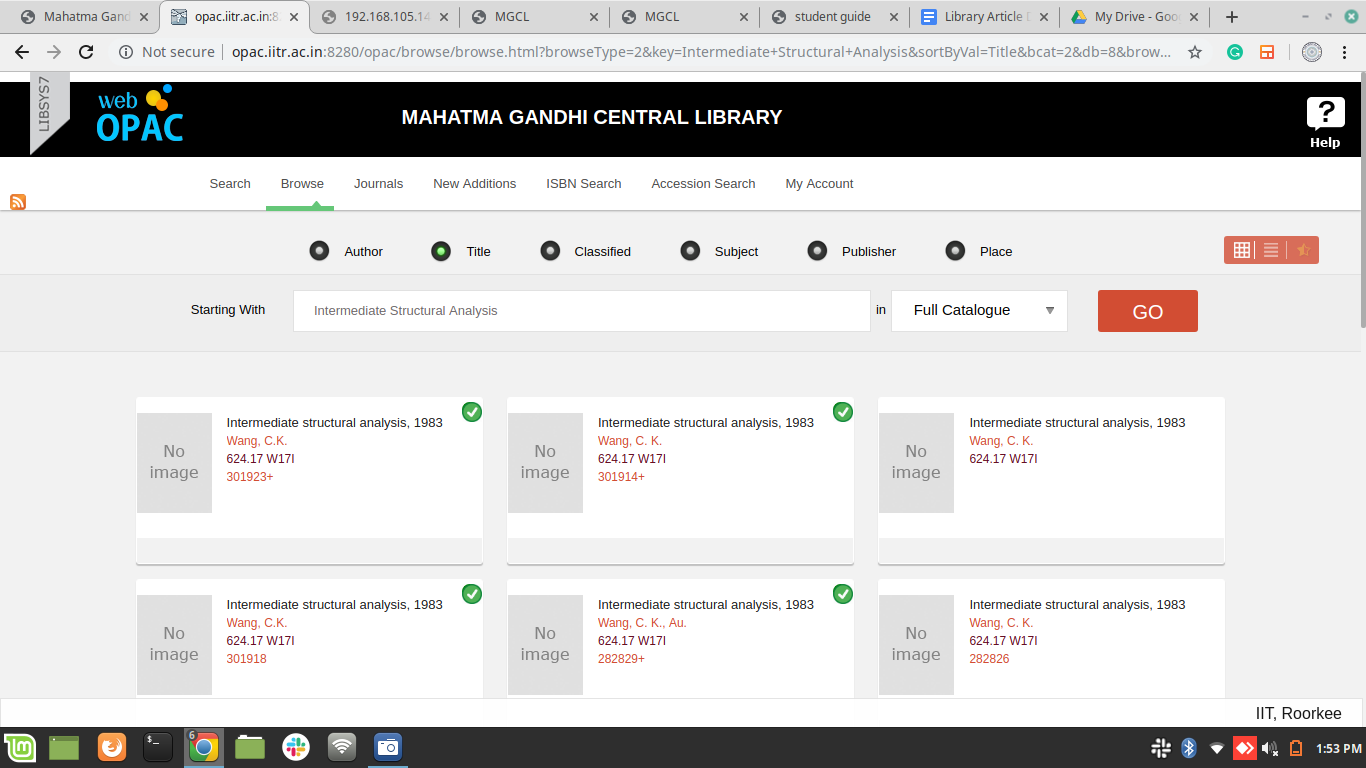
Step 3: Press the search button/Enter on your keyboard. Click on the title you want.
Step 4: Note the Call Number displayed on your screen. Locate this number on the racks under the respective subject section.
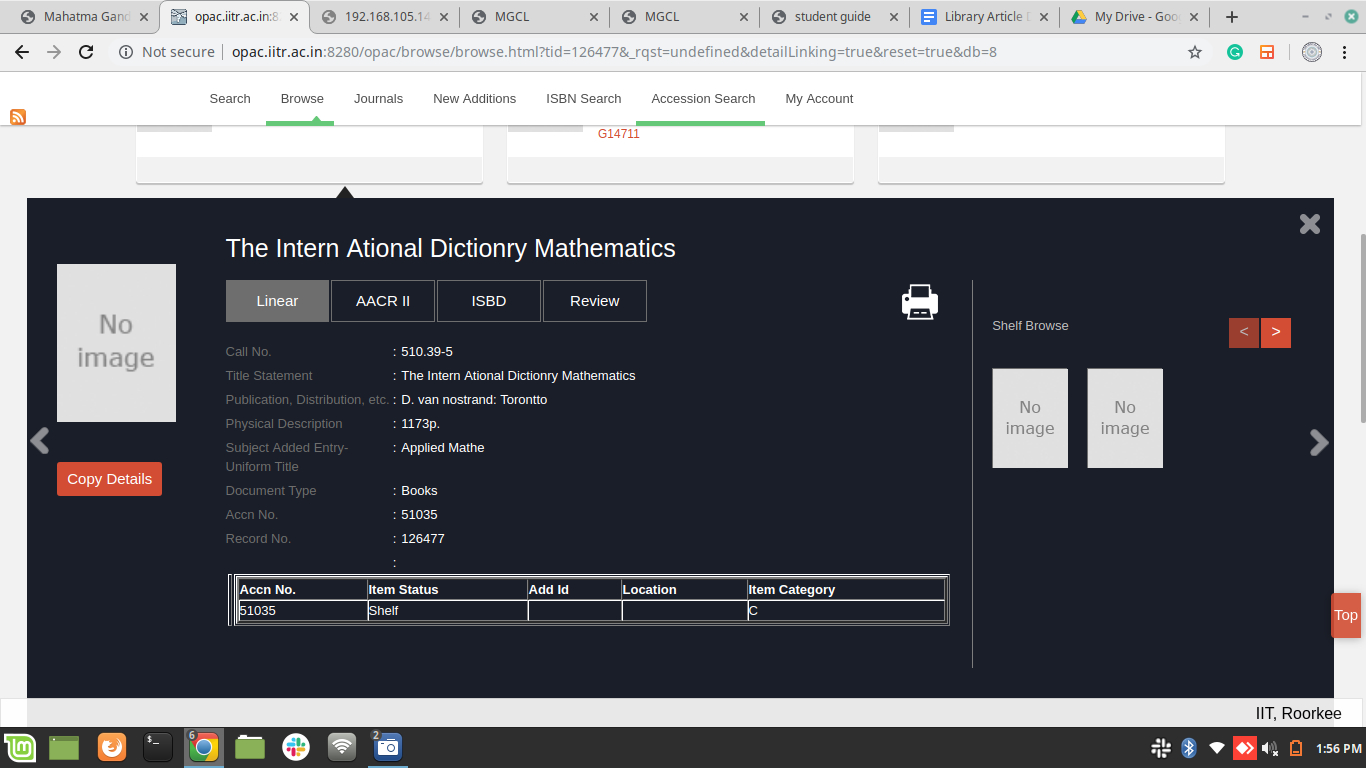
The Persisting Problem and Proposed Solutions :
But what this doesn’t tackle is the annoying absence of books from these alloted racks, either because all copies of a particular title have been issued already (which is reflected in the item status in the catalogue), or because they’re lying around somewhere apart from their designated place (the more usual case). Despite having the requisite staff to ensure that the books are returned to their usual spots each morning, it’s imperative that the students return the titles they use to the shelves at the end of each day, and not leave them elsewhere. This innocuous and easy-to-do task, when completed on a large scale, is likely to curb this issue to a large extent.
For certain books - such as those of Mathematics required by most students in the first year across all branches - more titles could be added as per the demand, which can be gauged via a potential survey carried out by the Library Committee.
5) Hygiene Issues:
The Problem:
Though most students find the overall hygiene of the library to be satisfactory, one of the most common reasons for wrinkled noses is the cleanliness of the washrooms. This is even more relevant in the context of the reading room, which seems to be a neglected extension of the main library, but is especially important to the night owls of our campus.
Evidence to support the same comes from one student’s observation : ‘Mouses come out of their bills at night time and make noises.’ Another valid concern is to ‘ensure the regular cleaning of sofas’, given their usual role as intellectual parlours (we kid of course).
Proposed Solution:
The reading room should undergo regular maintenance checks. The authorities should also look into introducing other 24x7 study spaces to curb over use of the facilities made available in the reading room.
Clearly, the Library is a vital resource for a large part of the population, especially the PG and the PhD students - this also correlates to the quality and scientific research output of the institute. It also serves as a quiet retreat for all those who wish to reflect, introspect, and spend time with their thoughts, away from the chaotic bustle and hubbub of the rest of the campus.
We understand that most problems mentioned above can be resolved only with the combined efforts of both the students and the management. However, there is a need for easier and clearer communication between both parties involved to be able to do the same. As active consumers of this space, we could start with reporting our concerns to the student representatives in the Library Committee. A review of the utilisation of resources and manpower can help solve most of the problems raised.
Any further details about the MGCL can be found here.
or by referring to the Student Guide- here.